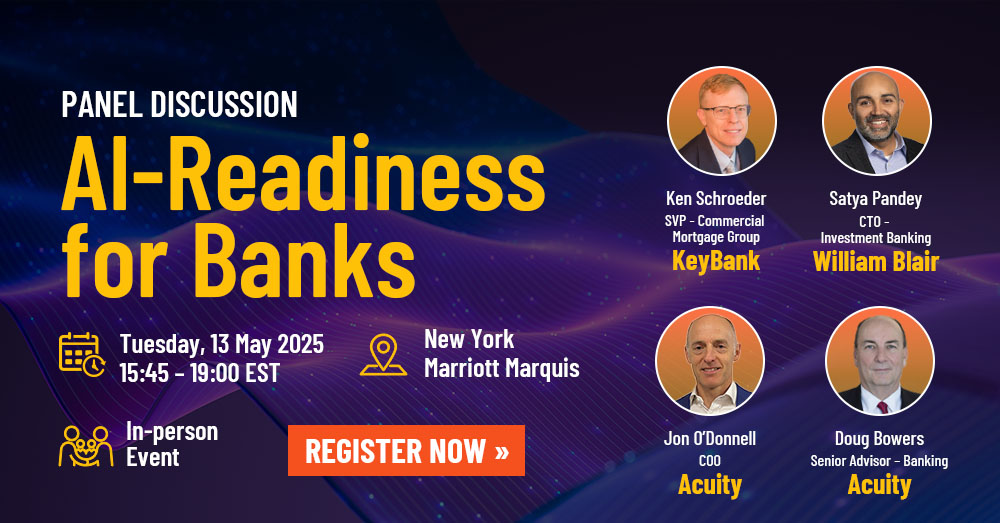Published on January 21, 2019 by Puneet Prakash
The significant risk of reputational and financial losses due to lack of adequate controls has made financial services firms re-examine their controls and ensure they are robust enough to unearth any hidden risks. These firms are making significant efforts to drive critical initiatives such as restructuring client on-boarding processes, re-mediating all historical client records, adding another layer in e-mail monitoring and periodically reviewing client investment guidelines coded in the trading systems.
Compliance functions – mandated to manage these initiatives; face an uphill task in achieving desired results due to lack of adequate capacity in their existing teams and shortage of skill sets. Consequently, they need to do “more from less”.
In this scenario, Chief Compliance Officers (CCOs) across firms are now looking for alternate, non-traditional engagement models that provide them the flexibility and scalability to add/reduce skilled resources without adding their head count. They need short-, mid- and long-term staff augmentation either at their site or at offshore delivery locations that will help them do “more from less”. Additional staff is needed to manage time-sensitive critical projects including KYC remediation activities, manage any spurt in work volume or complete any backlog including e-mail reviews.
1) Manage time-sensitive critical projects: Firms need to frequently undertake time-sensitive activities such as KYC remediation process for existing clients and monitoring of past transactions, which focuses on investigating past records and transactions and unearthing any hidden risks that may impact their reputation at a later date. This needs additional skilled resources for managing and completing projects within the desired timeline. The ideal solution is to leverage a temporary team that works along with the firm’s current compliance team and is co-located with the team. Even without a large team, CCOs will then be able to manage and effectively complete these high-volume review projects by leveraging short- to mid-term staff augmentation
2) Address temporary staff augmentation requirements: Compliance functions regularly face short- to mid-term increase in volume related to backlog of e-mails that need to be reviewed, personal trades that need to be investigated, trade breaches that need to be monitored, etc. This challenge is further complicated by the fact that they lack the flexibility to scale up/down the compliance team size and manage this temporary surge in work volume. What a client needs is a temporary, right-skilled, right-sized team to manage ad hoc volumes. Depending on work requirements, the team should be staffed with resources who have adequate experience in e-mail, trade, personal trade and transaction monitoring, among others. The team can be deployed at the client site for 3-12 months and can work along with the client’s compliance team. It can even be based out of near-shore and offshore captive offices to manage the temporary increase in volume. This temporary staff augmentation proves to be a cost-effective way to manage the backlog as it does not require the addition of onshore resources to the existing team in the long term.
3) Provide support in meeting regulatory demands: Some financial services firms have been advised by regulators to strengthen their monitoring and control processes and ensure they are robust enough to unearth any hidden risks. These regulatory demands are to be implemented within a time frame and require either adding a new layer of monitoring or implementing a new process to monitor e-mails, trades, etc. In some cases, firms leverage compliance specialists to set up these new monitoring processes and adhere to regulatory demands. These specialists will have to bring in their best practices in setting up and delivering these monitoring services, test the efficacy of the new processes and help compliance functions shift these processes in-house.
4) Provide steady-state support: On a long-term basis, compliance functions need a dedicated team of skilled resources who will bring in relevant domain expertise and work towards supporting highly time-consuming, low-value activities. These activities span tracking, monitoring and reporting, which consume a significant amount of time of the onsite team but do not add any significant value. With such ongoing support, the client’s compliance team will have additional capacity to focus on important activities including regulatory interaction, policy formulation and regulatory-change tracking.
What's your view?
About the Author
Puneet Prakash is the product head of the firm’s Compliance Services business unit. He is responsible for strategizing and creating optimal solutions for the firm’s Compliance clientele, globally. He has over 15 years of experience in financial services and knowledge offshoring. He has previously worked with firms such as TCS and WNS. Puneet holds an MBA (Finance & Marketing) from the Indian Institute of Management, Kozhikode and a Bachelor of Technology from the Indian Institute of Technology, India
Like the way we think?
Next time we post something new, we'll send it to your inbox











